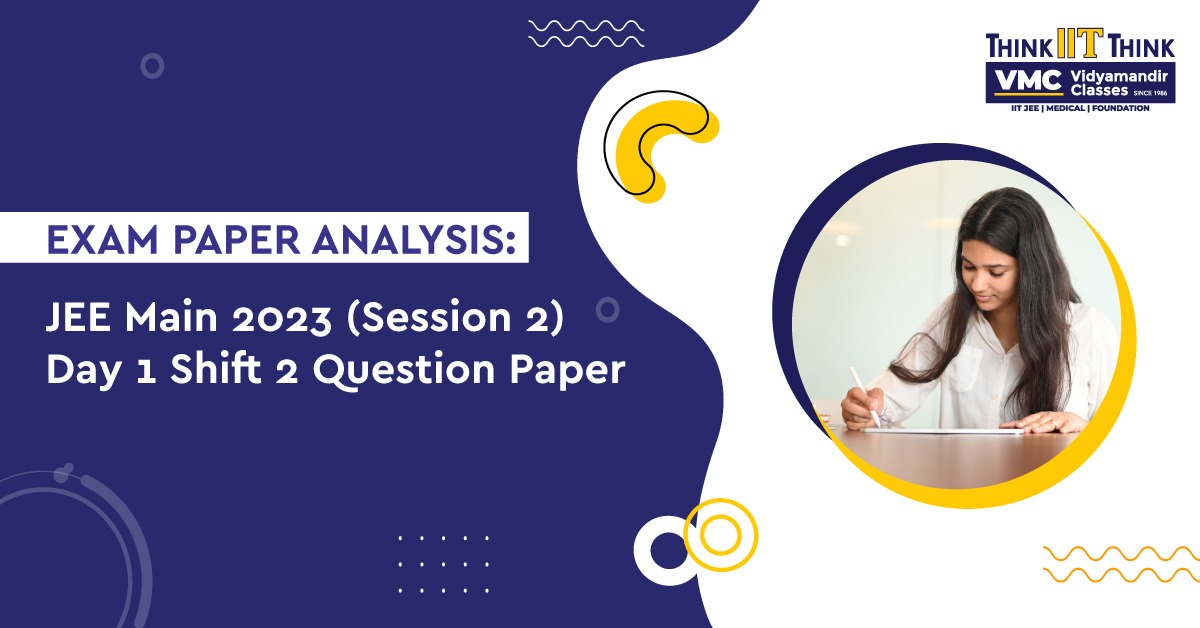Exam Paper Analysis: JEE Main 2023 (Session 2) Day 1 Shift 2 Question Paper
 Posted On
Posted On
776 total views, 2 views today
JEE Main 2023 Exam Session 2 Day 1 Shift 2 began at 3 pm on April 6, 2023, according to the National Testing Agency (NTA). The Shift 2 exam has a moderate difficulty level.
According to a preliminary analysis, participants who took the JEE Main Shift 2 exam said the exam’s question format was moderate.
There were two shifts for the JEE Main 2023 Session 2 exam. The morning shift took place between 9 AM and 12 PM, and the evening shift took place between 3 PM and 6 PM. The JEE main exam was offered to students with a three-hour time limit.
Only a transparent ballpoint pen, an admit card, and an Aadhar card were permitted for students to bring inside the exam room. For the safety of the exam-takers, all guidelines that the NTA has previously provided were observed.
Day 1 afternoon session paper analysis for JEE Main session 2
Mathematics: Moderately Difficult. Chapters on coordinate geometry and algebra were given more emphasis. Straight lines, parabolas, circles, definite integrals, limits, differential equations, area, matrices, binomial theorem, probability, statistics, determinants, vectors, three-dimensional geometry, complex numbers, and progression series were among the topics covered in the questions. Calculations had to be done in-depth for both MCQs and questions based on numbers. A few students thought this portion was a little long.
Physics: Easy level in physics. Chapters covering gravity, heat and thermodynamics, wave optics, current electricity, electrostatics, AC circuits, modern physics, error analysis, and semi-conductors are given more weightage than others. Questions that involved mathematics were rated as being simple. Class XII chapters received more emphasis.
Chemistry: Simple to Moderate. Compared to Organic and Inorganic Chemistry, Physical Chemistry was given less weightage. Questions were asked about the d and f block elements, environmental chemistry, chemistry in daily life, biomolecules, aldehydes, ketones, amines, ethers, and phenols, as well as chemical equilibrium, atomic structure, solutions, and chemical kinetics. MCQs were more challenging than the numeric section.



